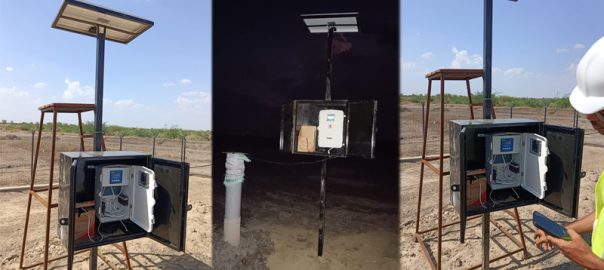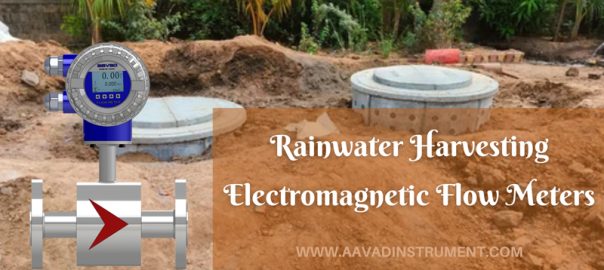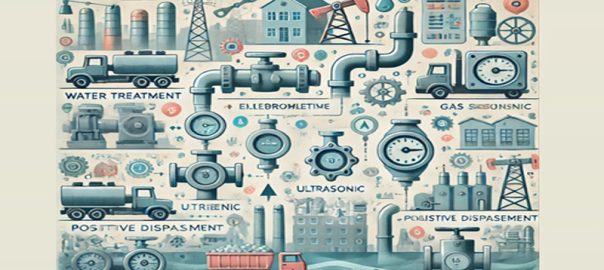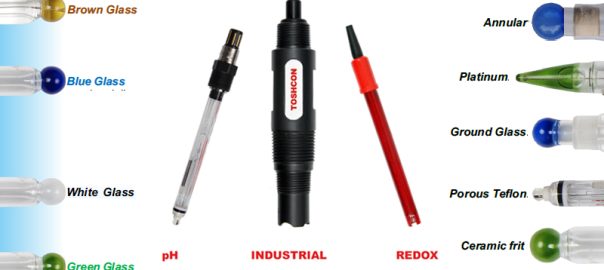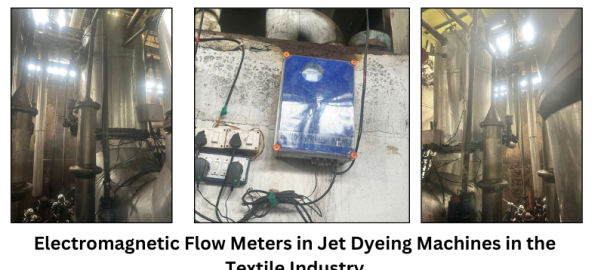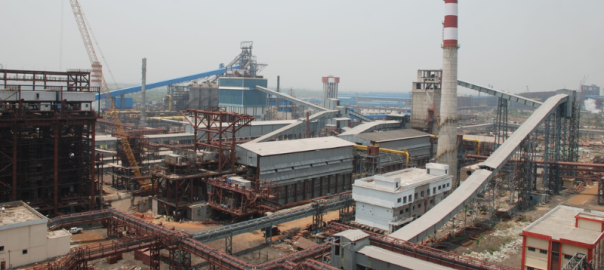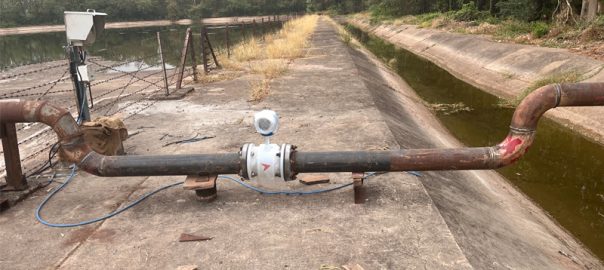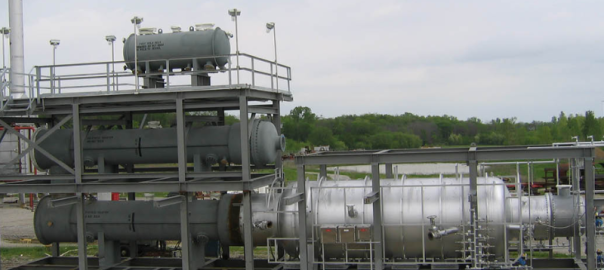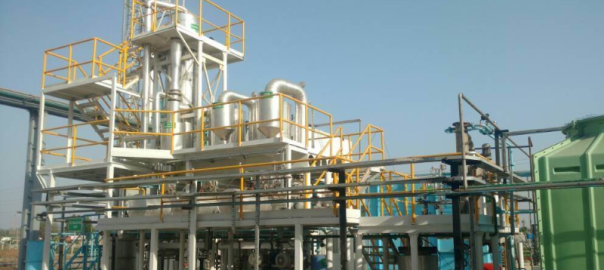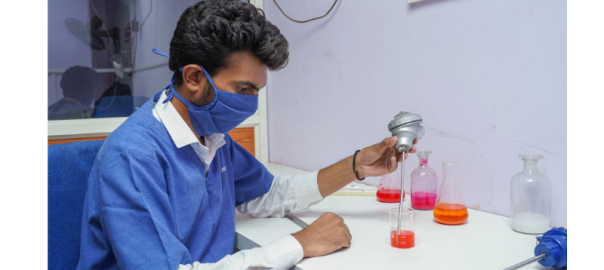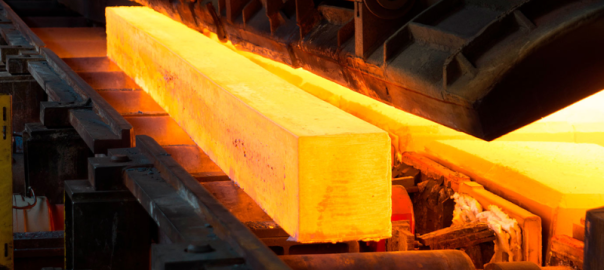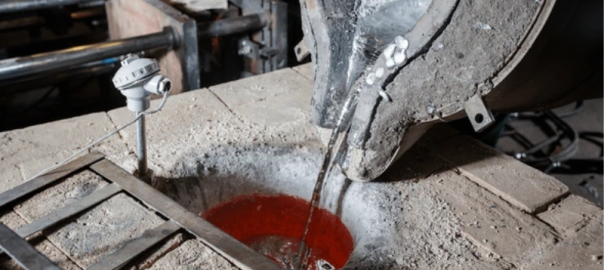
Vacuum Furnace Brazing:
In this process, the thermocouple wires are brazed together in a vacuum furnace. This ensures that there is no contamination or oxidation of the wires, which can affect the accuracy of the temperature measurement. Vacuum furnace brazing also produces a strong and reliable joint between the wires.
Laser Welding:
Laser welding is a precise and controlled process that can be used to weld thermocouple wires together. This process can be used to weld wires of different diameters and materials. Laser welding produces a very small and precise weld, which can be advantageous in applications where the thermocouple junction needs to be small.
Precision Grinding:
Precision grinding can be used to produce a precise and uniform diameter on thermocouple wires. This ensures that the wires have a consistent cross-sectional area, which is important for accurate temperature measurement. Precision grinding can also be used to remove any surface contaminants or oxidation from the wires.
Automated Calibration:
Automated calibration systems can be used to calibrate thermocouples quickly and accurately. These systems can automatically cycle through different temperature points and record the voltage output of the thermocouple. Automated calibration can improve the accuracy of the thermocouple measurement and reduce the time required for calibration.
Quality Control:
Quality control is important in the manufacturing of thermocouples to ensure that the materials and processes used meet the required specifications. Advanced quality control systems can be used to monitor the manufacturing process and ensure that the thermocouples meet the required accuracy and reliability standards.
By implementing these advanced processes, manufacturers can produce thermocouples that are more accurate, reliable, and consistent. This can be important in applications where precise temperature measurement is critical, such as in the aerospace, automotive, and medical industries.

